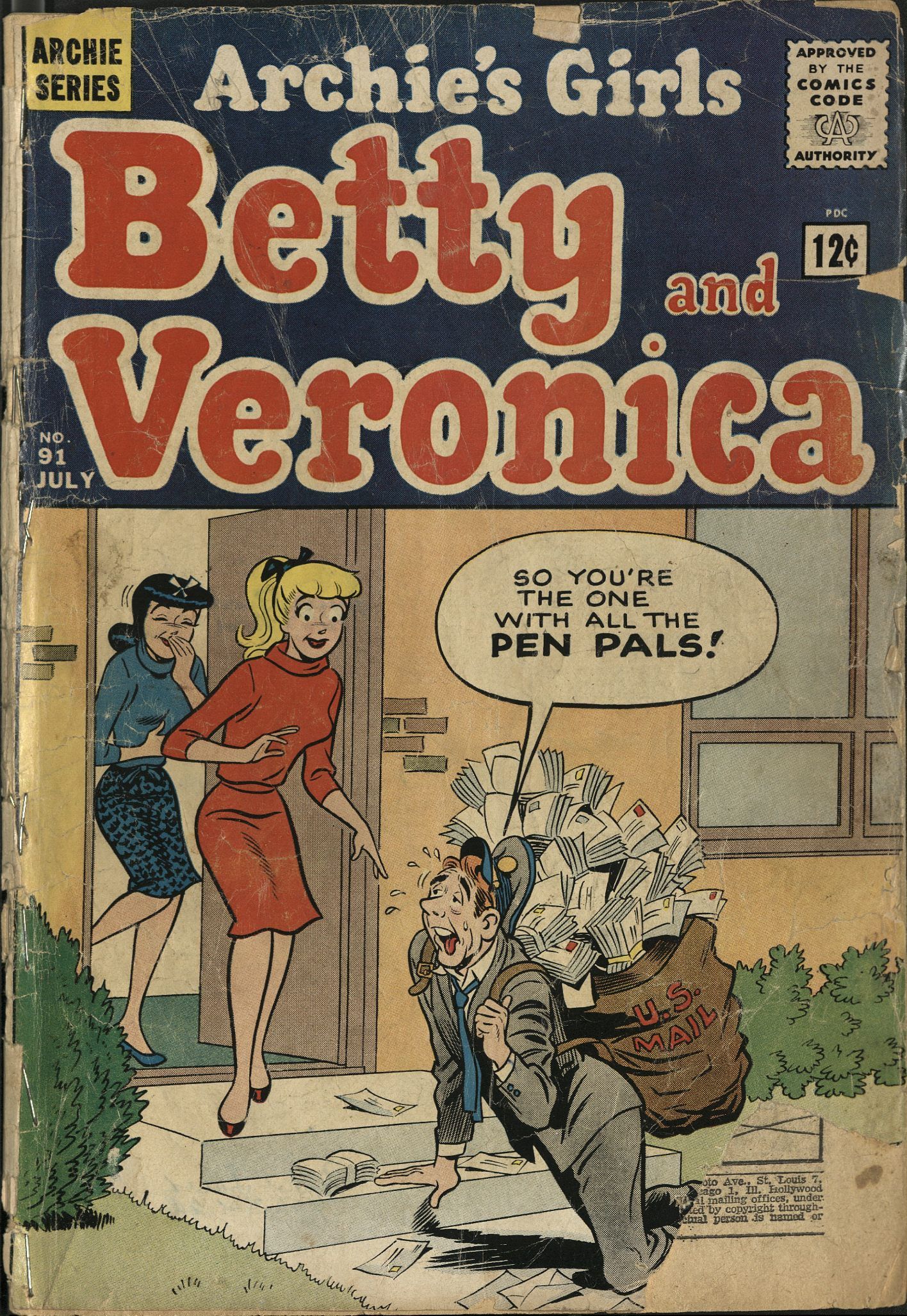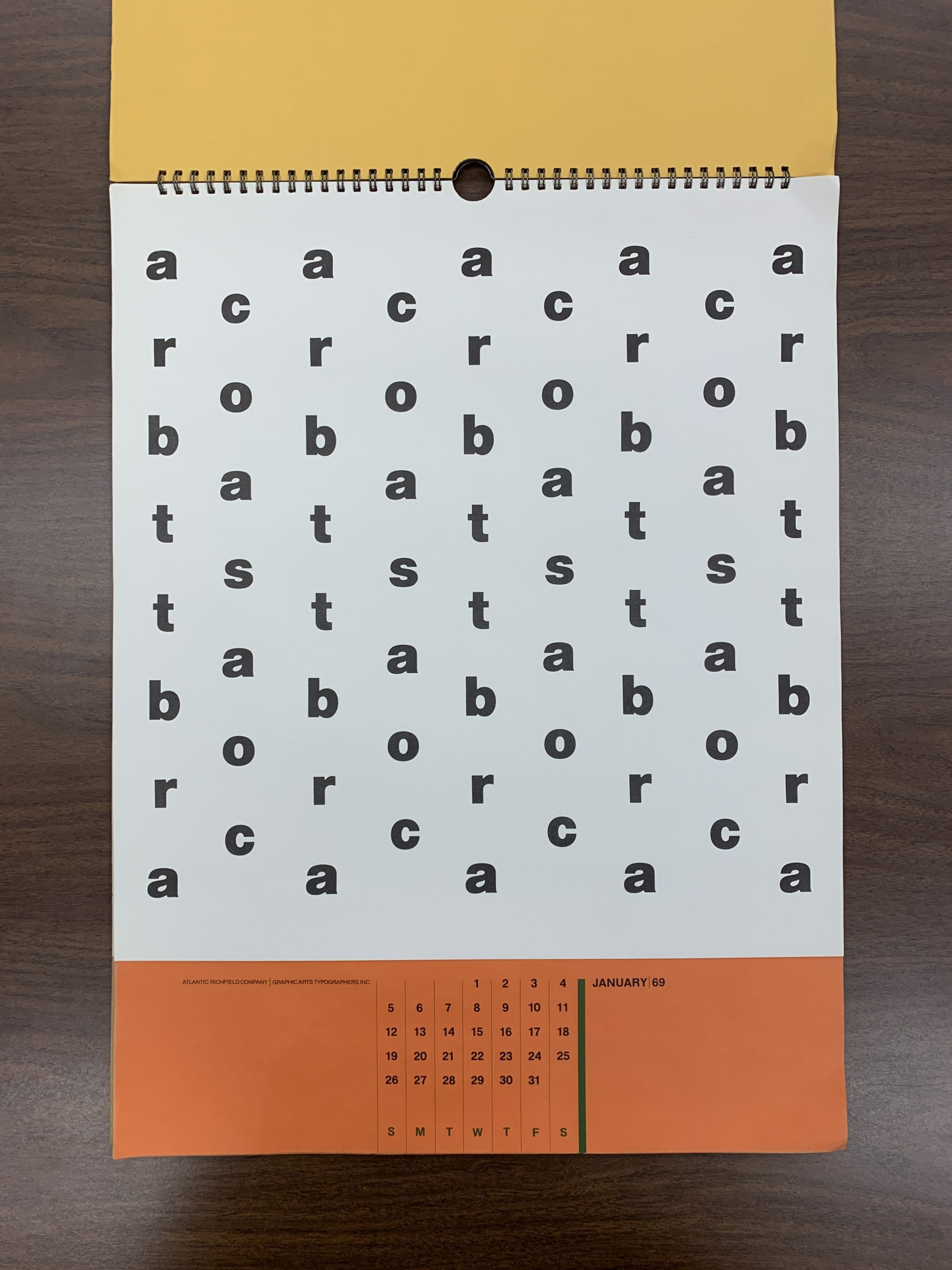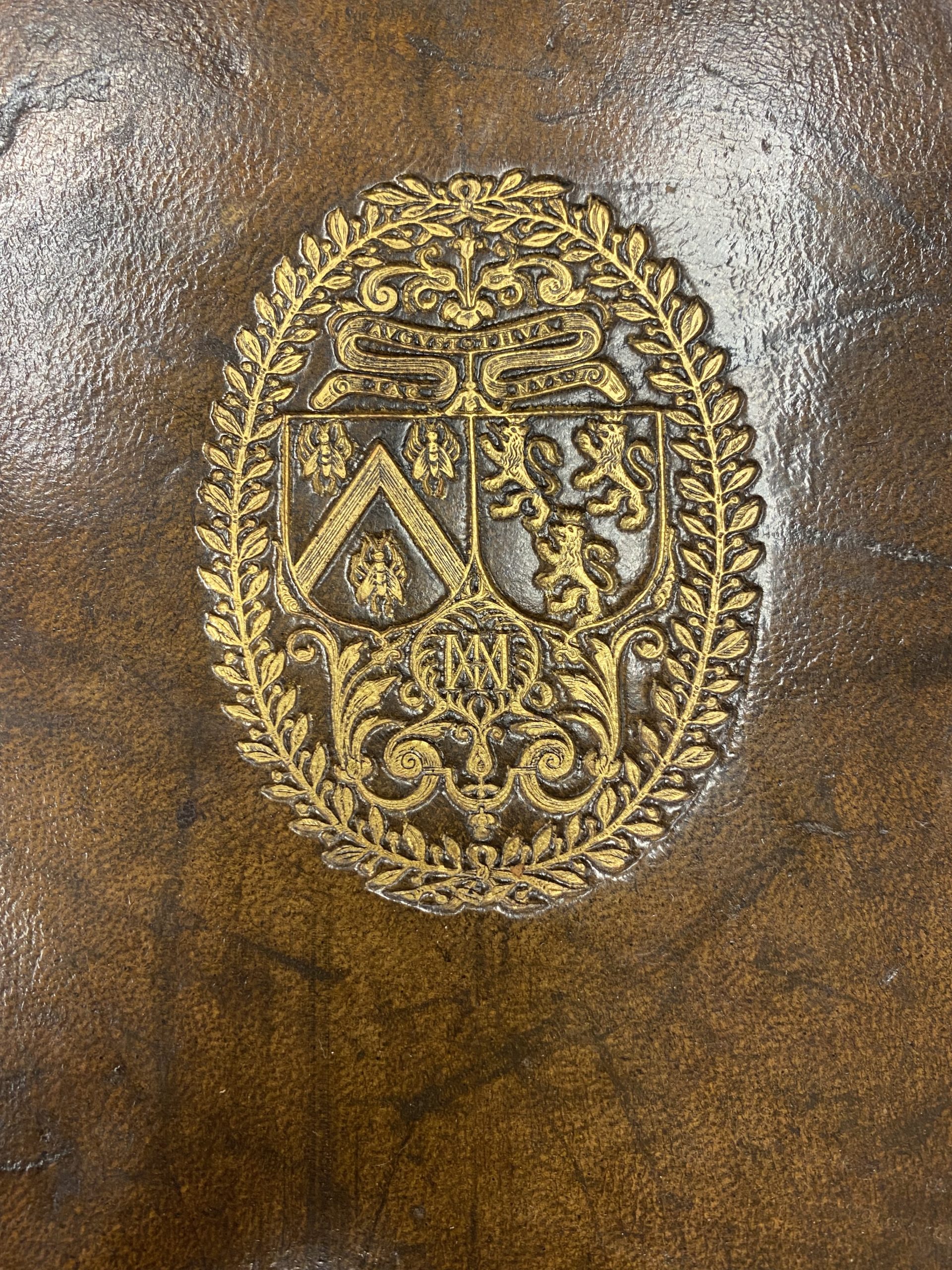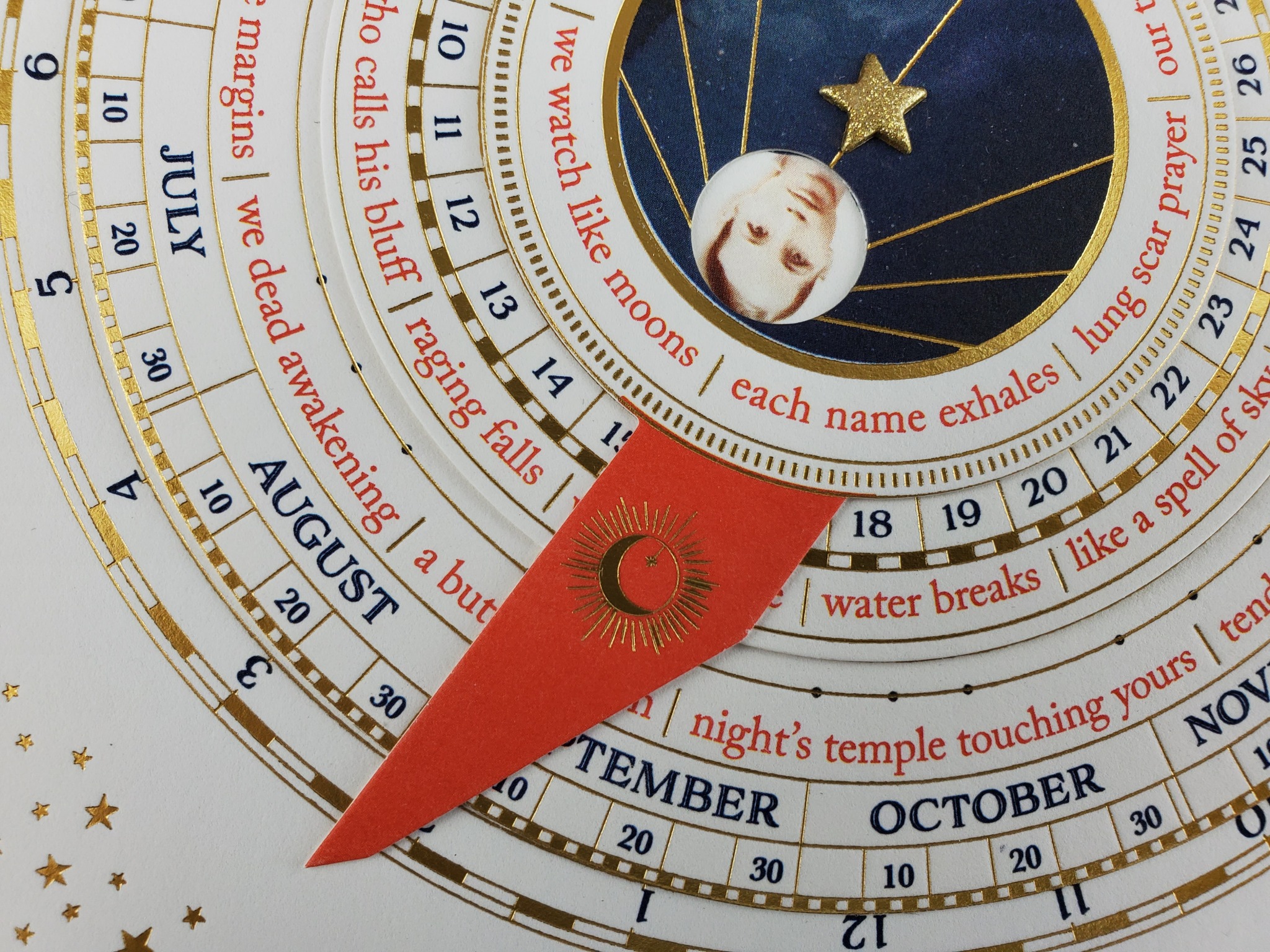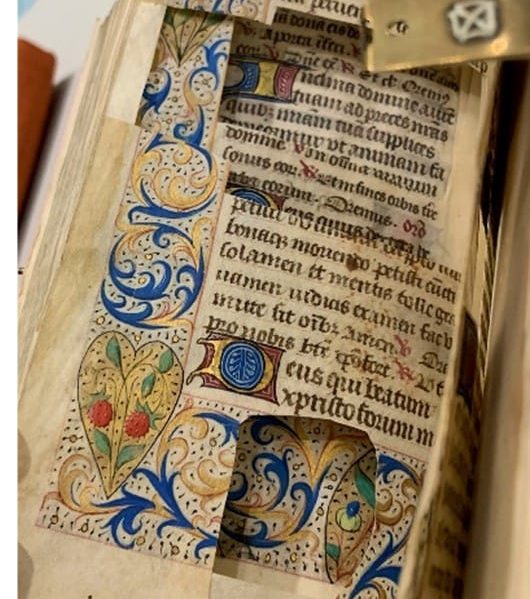The following is written by Academic Outreach Coordinator Kathryn Reuter Mauricio Lasanky was born in Buenos Aires, Argentina in 1914 to Jewish immigrants from Lithuania. Lasansky showed artistic skill from a young age — printmaking was his preferred medium, a choice perhaps influenced by his father, who worked as a printer of banknote engravings. AfterContinue reading “Art From Tragedy: Mauricio Lasansky’s The Nazi Drawings”
Category Archives: Educational
It isn’t hoarding if it’s books – or is it?
“From the Classroom” is a series that features some of the great work and research from students who visit our collections. Below is a blog by Lisa Tuzel from Dr. Jennifer Burek Pierce’s class “Reading Culture History & Research in Media” (SLIS:5600:0001). It isn’t hoarding if it’s books – or is it? By Lisa TuzelContinue reading “It isn’t hoarding if it’s books – or is it?”
Mass Market Ads of a Bygone Era
“From the Classroom” is a series that features some of the great work and research from students who visit our collections. Below is a blog by Kelli Brommel from Dr. Jennifer Burek Pierce’s class “Reading Culture History & Research in Media” (SLIS:5600:0001). Mass Market Ads of a Bygone Era By Kelli Brommel Amongst the wideContinue reading “Mass Market Ads of a Bygone Era”
Private Catholic: Zines for Catholic School Kids
“From the Classroom” is a series that features some of the great work and research from students who visit our collections. Below is a blog by Abbie Steuhm from Dr. Jennifer Burek Pierce’s class “Reading Culture History & Research in Media” (SLIS:5600:0001). Private Catholic: Zines for Catholic School Kids By Abbie Steuhm In the U.S.Continue reading “Private Catholic: Zines for Catholic School Kids”
Poems That Just Are
“From the Classroom” is a series that features some of the great work and research from students who visit our collections. Below is a blog by Luke Allan from Dr. Jennifer Burek Pierce’s class “Reading Culture History & Research in Media” (SLIS:5600:0001). Poems That Just Are By Luke Allan In a letter to a friendContinue reading “Poems That Just Are”
Jacques Auguste de Thou, the romantic
The following was written by Camille Davis, curatorial assistant to Dr. Eric Ensley Jacques Auguste de Thou (8 October 1553, Paris – 7 May 1617, Paris), also known by his Latin name, Thuanus, was a French historian and president of the Parliament of Paris. He was also the key negotiator in the Edict of NantesContinue reading “Jacques Auguste de Thou, the romantic”
Monica Ong: An Asian-American Visual Poet
The following is written by Olson Graduate Research Assistant Matrice Young Special Collections & Archives recently acquired two artists books from Monica Ong, a second generation Chinese-Filipino American woman born and raised in Chicago, Illinois. Her family history, like many Americans, is a complex one. During World War II, her grandparents left Fujian, China and immigrated to Manila in the Philippines. There, both of her parentsContinue reading “Monica Ong: An Asian-American Visual Poet”
Thankful for Indigenous Foods: Native American Cookbooks in Special Collections
The following is written by Olson Graduate Research Assistant, Rachel Miller-Haughton This article will use the words ‘Native American’ and ‘Indigenous’ to refer to the people and cuisines mentioned. Other words, some of which are considered offensive or slurs, are used in these books, and are only mentioned if necessary, in direct quotes. November isContinue reading “Thankful for Indigenous Foods: Native American Cookbooks in Special Collections”
Insights Gained Regarding Illustrations in Books of Hours
“From the Classroom” is a series that features some of the great work and research from students who visit our collections. Below is a blog by Allison Clark from Dr. Beth Yale’s class Transition from Manuscript to Print (HIST: 4920:0001). Insights Gained Regarding Illustrations in Books of Hours By Allison Clark Entering Special Collections forContinue reading “Insights Gained Regarding Illustrations in Books of Hours”
Brokaw’s Press Passes Grant Access to Unique History
The following is written by Humanities for the Public Good Intern Patrick Johnson Tom Brokaw is a name synonymous with journalism, and the journalism that many strive for. His career spans decades and his resume includes trips across several continents and countries, meetings with some of the most famous and infamous world leaders and covering some of the mostContinue reading “Brokaw’s Press Passes Grant Access to Unique History”


